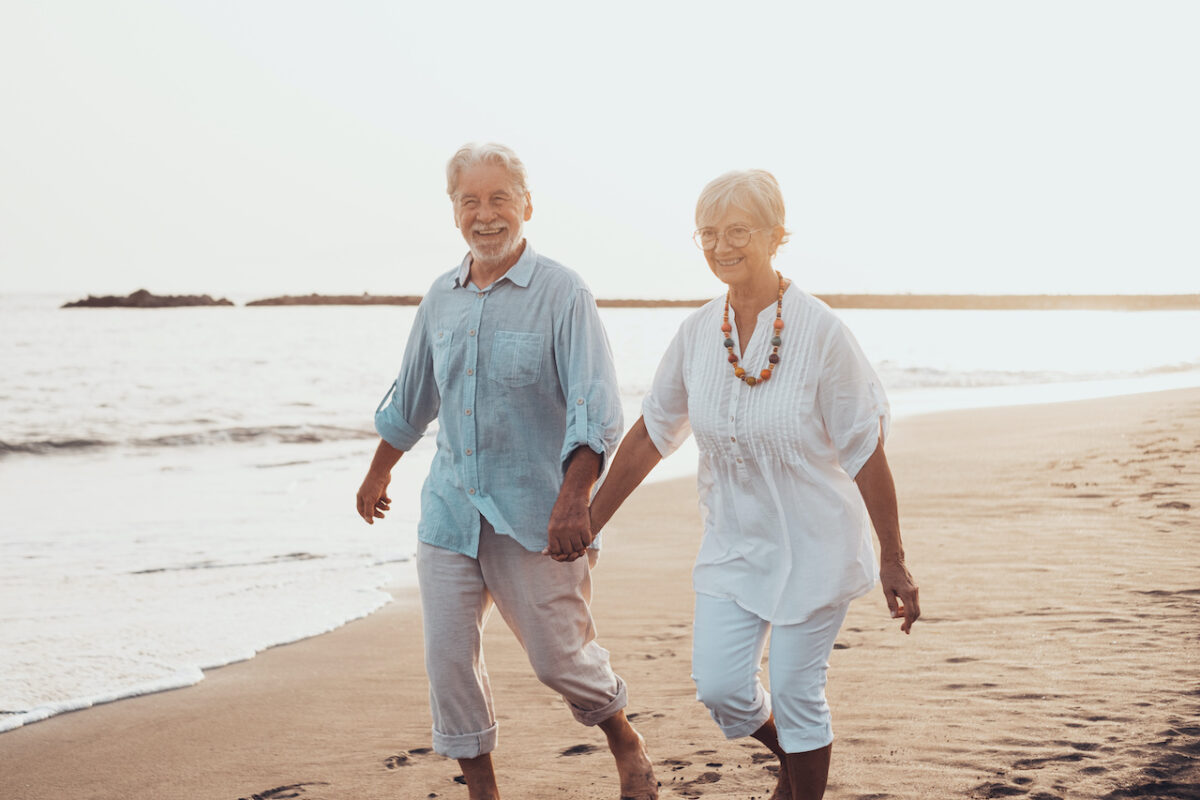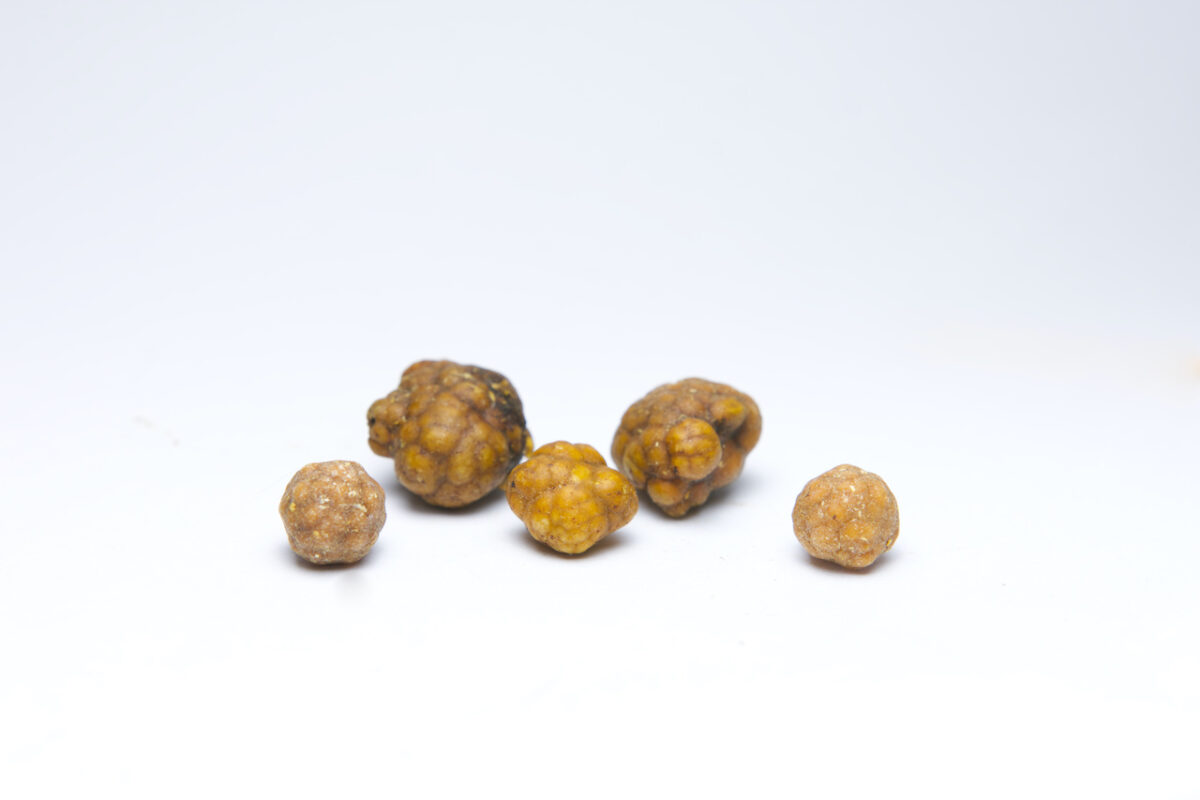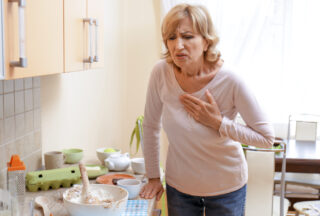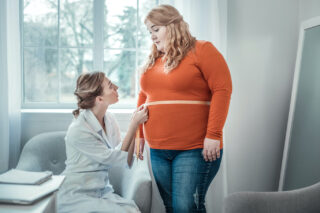What are Gallstones and How did I Get One?

What is Gallstone?
Gallstones (cholelithiasis) are hardened deposits that develop in the gallbladder when there is an imbalance of bile
composition. They are usually made of cholesterol, bilirubin, or both. The gallbladder stores and releases digestive
enzymes that make up bile.
How do I know if I have a gallstone?
Gallstones often do not cause any symptoms, but when they do, it is described as ‘biliary colic’. Biliary colic occurs when
the gallbladder contracts in response to stimulation from increased pressure within the gallbladder. It is the increased
pressure that causes the pain.
Common Symptoms
- Intense, constant, dull discomfort in the right upper quadrant that may radiate to the back.
o May have increased pain after eating a fatty meal.
o May have increased pain in the evenings.
o Pain not relieved by changes in position or bowel movements and usually subsides within six hours.
o May have voluntary guarding upon abdominal examination. - Diaphoresis (sweating)
- Nausea and vomiting
- Fullness after meals
Atypical Symptoms - Belching or abdominal bloating/distension
- Regurgitation
- Chest pain
For cholesterol stones:
- Too much cholesterol!
- Females during reproductive period, especially if older than 40 years old.
- Pregnancy
- Obesity
- Rapid weight loss
- Diabetes mellitus
- Native American race
For bilirubin stones:
- Hyperbilirubinemia (high amounts of bilirubin in the blood)
- Sickle cell anemia
- Liver cirrhosis
- Hemolysis

How do I prevent it?
The most important factors in preventing gallstones from forming are dietary and lifestyle changes. Eating well-balanced meals low in saturated fats and high in fiber and calcium help decrease cholesterol saturation within the gallbladder.
Regular meal timing is also important. Weight reduction, when done at a gradual rate, helps prevent bile from remaining in the gallbladder, therefore reduces the risk of stones. Lastly, regular exercise not only helps with weight loss, but may prevent gallstone formation itself.
Summary:
- Gallstones Formation: Gallstones (cholelithiasis) are hardened deposits in the gallbladder resulting from an imbalance in bile composition, commonly made of cholesterol or bilirubin.
- Symptoms of Gallstones: Gallstones may not show symptoms, but when they do, it’s described as ‘biliary colic.’ Symptoms include intense, constant discomfort in the right upper quadrant, sweating, nausea, vomiting, and fullness after meals.
- Atypical Symptoms: Belching, abdominal bloating, regurgitation, and chest pain can also be atypical symptoms of gallstones.
- Risk Factors: For cholesterol stones, risk factors include high cholesterol, females over 40, pregnancy, obesity, rapid weight loss, diabetes, and Native American race. For bilirubin stones, risk factors include hyperbilirubinemia, sickle cell anemia, liver cirrhosis, and hemolysis.
- Prevention of Gallstones: Dietary and lifestyle changes are crucial in preventing gallstones. This involves consuming well-balanced meals low in saturated fats, high in fiber and calcium, maintaining regular meal timing, gradual weight reduction, and engaging in regular exercise to prevent gallstone formation.

This article reviewed by Dr. Jim Liu, MD and Ms. Deb Dooley, APRN.
There’s nothing more important than our good health – that’s our principal capital asset.
#medical #telehealth #umedoc






